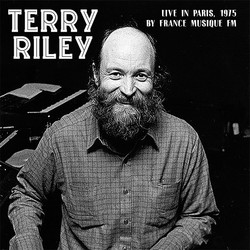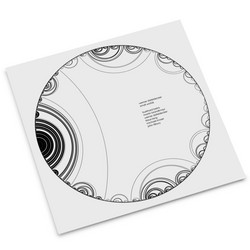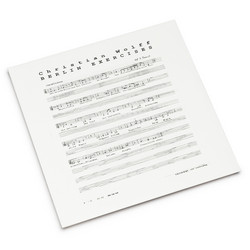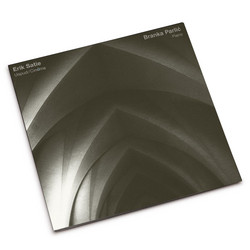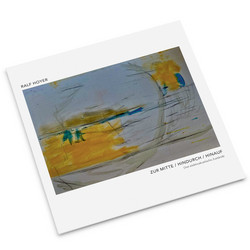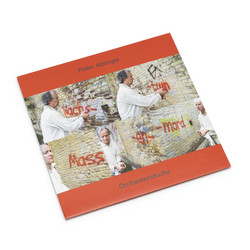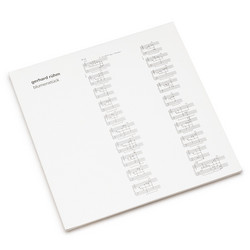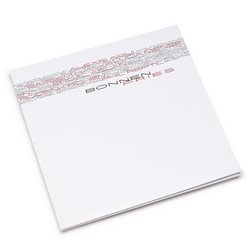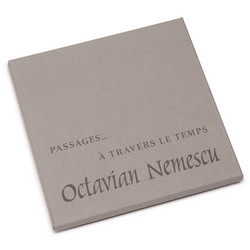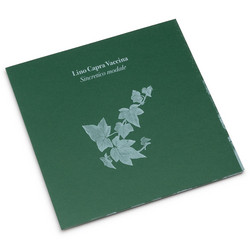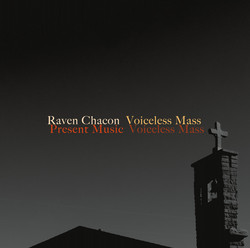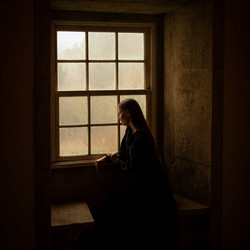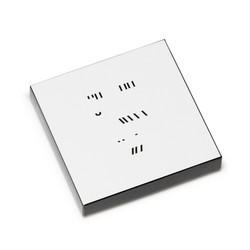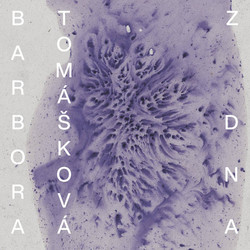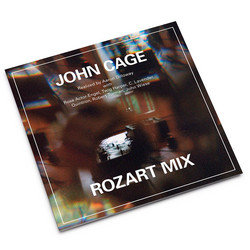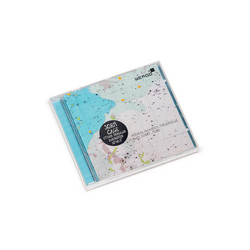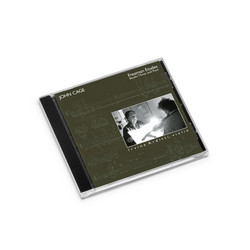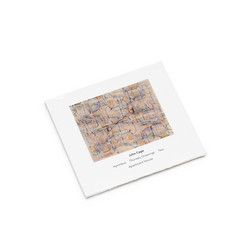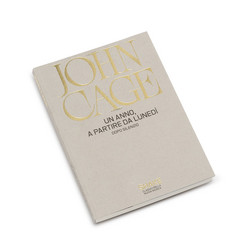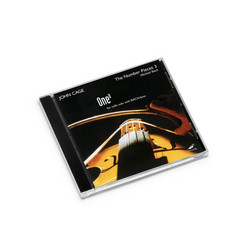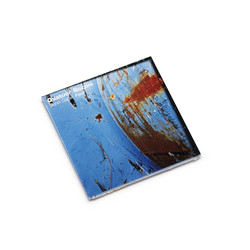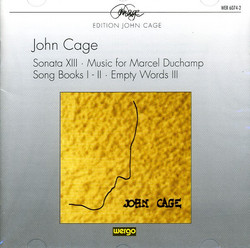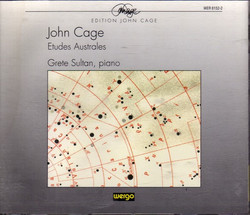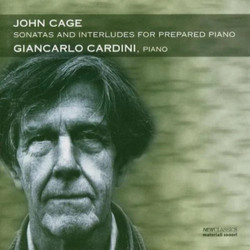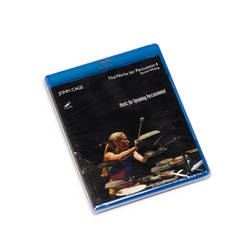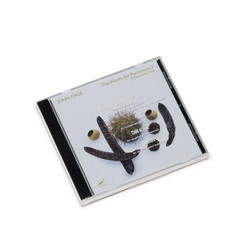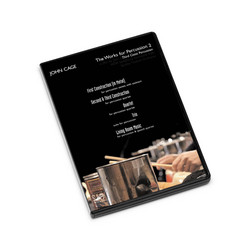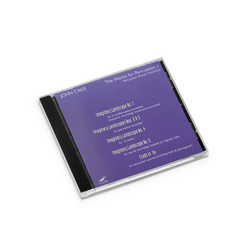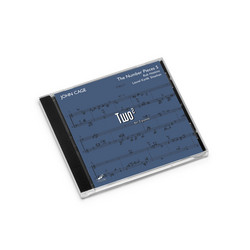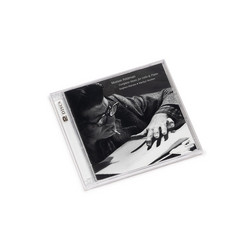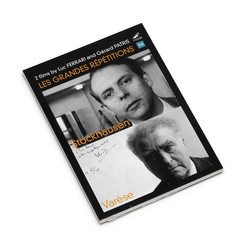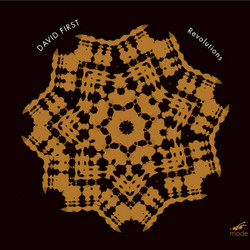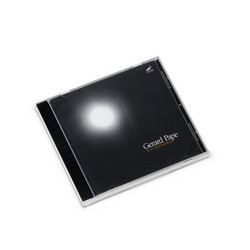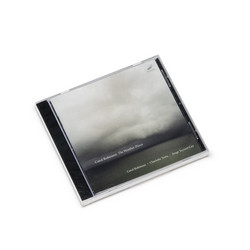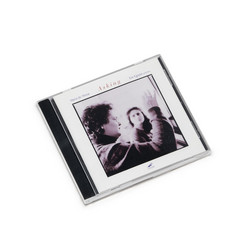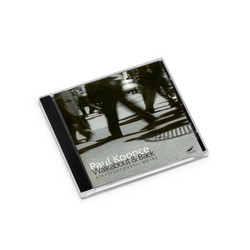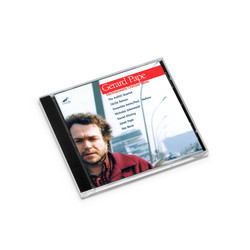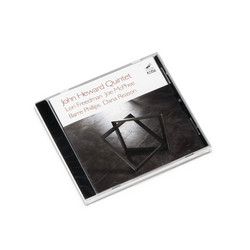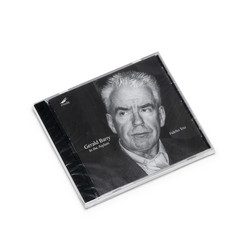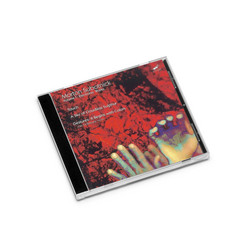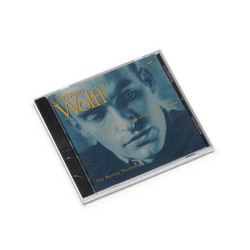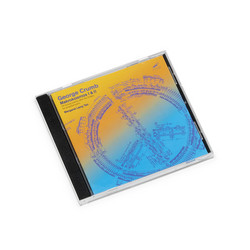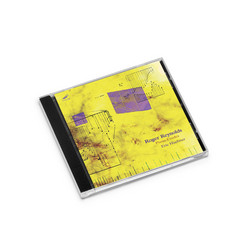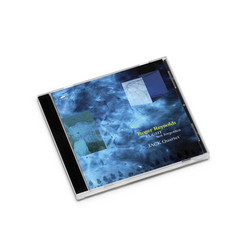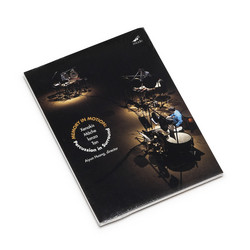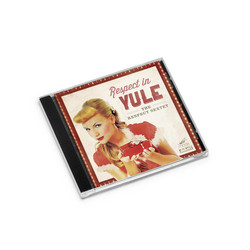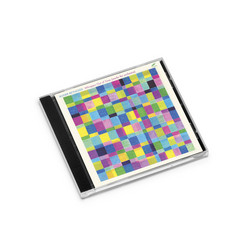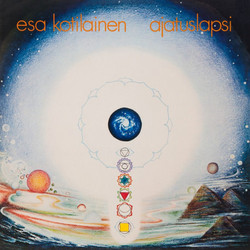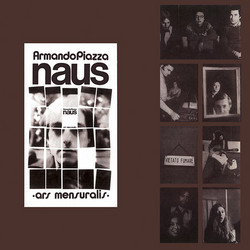'Haiku' (1950-51), 'Sixteen Dances' (1950-51), 'Alternate versions for piano & percussion'. Jovita Zhl, piano. Thomas Meixner, percussion. 'It is rare to discover a previously unknown work by John Cage today. So, what are the chances to discover two major piano pieces from the same period of 1950-51? Thanks to the dedicated work of Don Gillespie (who was Cage's contact at his publisher, C. F. Peters Corp.) and composer Walter Zimmermann, we have the two works recorded here. Both works were discovered at the New York Public Library at Lincoln Center. These Haiku are not to be confused with the previously published Seven Haiku (1951-52). They reflect a fascinating musical path from the almost tonal Haiku I, in a language similar to the Sixteen Dances, to a completely atonal style akin pitch-wise to the Music of Changes (1951), but without using chance methodology. They confirm the powerful influence on Cage of the Zen Buddhist master Daisetz Suzuki, whose lectures Cage attended at Columbia University in March 1951. I can recall my excitement when composer Walter Zimmermann approached me about his discovery of a major piano work by Cage - the Sixteen Dances. He was convinced that this was not just a piano sketch for the well-known ensemble version, nor a reduction for rehearsal and performances of the Cunningham choreography for that piece. And so it is - a piano piece which is at times both virtuosic, showing Cage's influence of Boulez, and at other times mystical or open to chance. The well-known ensemble version calls for 100 percussion instruments. Cage's piano score gives sonic allusion to these, and the sound of gongs and tam tams are a major part of the last two dances. Zimmermann used this influence to score alternate versions of these dances for piano & percussion. This recording presents both the full piano solo version and the final two movements for piano and percussion. Includes booklet with essays and musical examples by Gillespie & Zimmermann.' Brian Brandt
